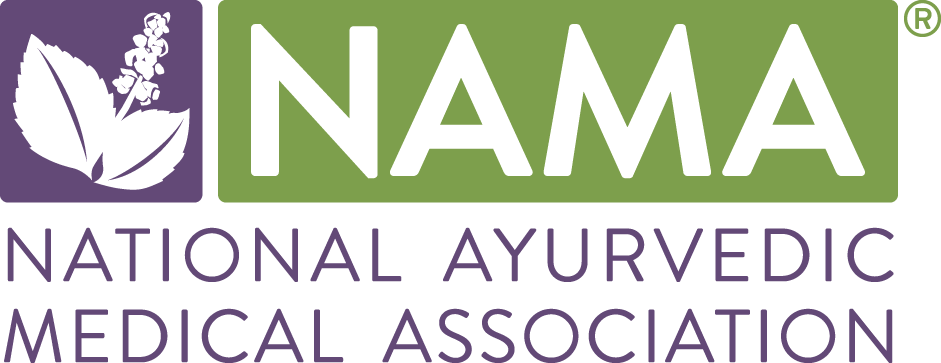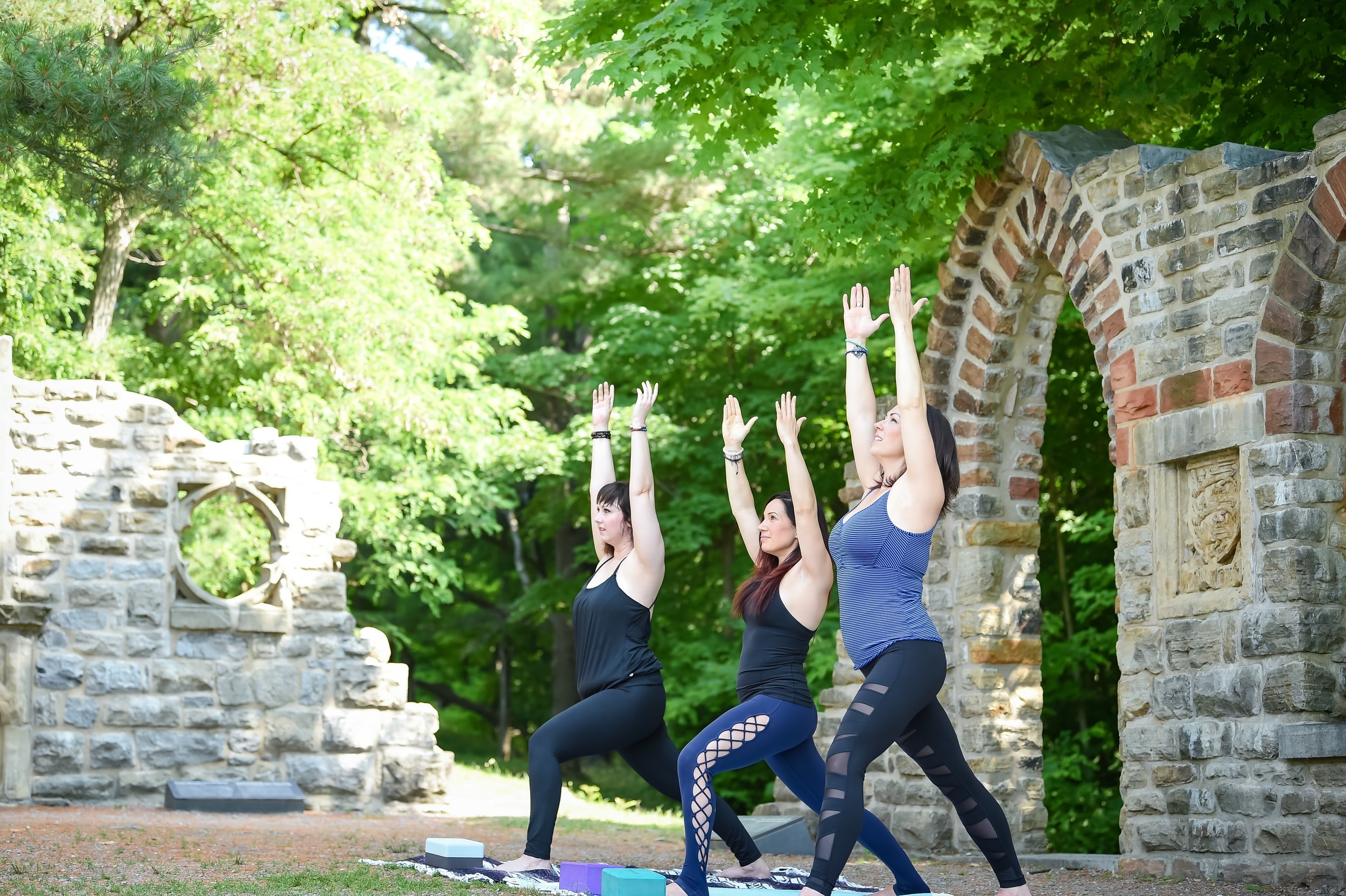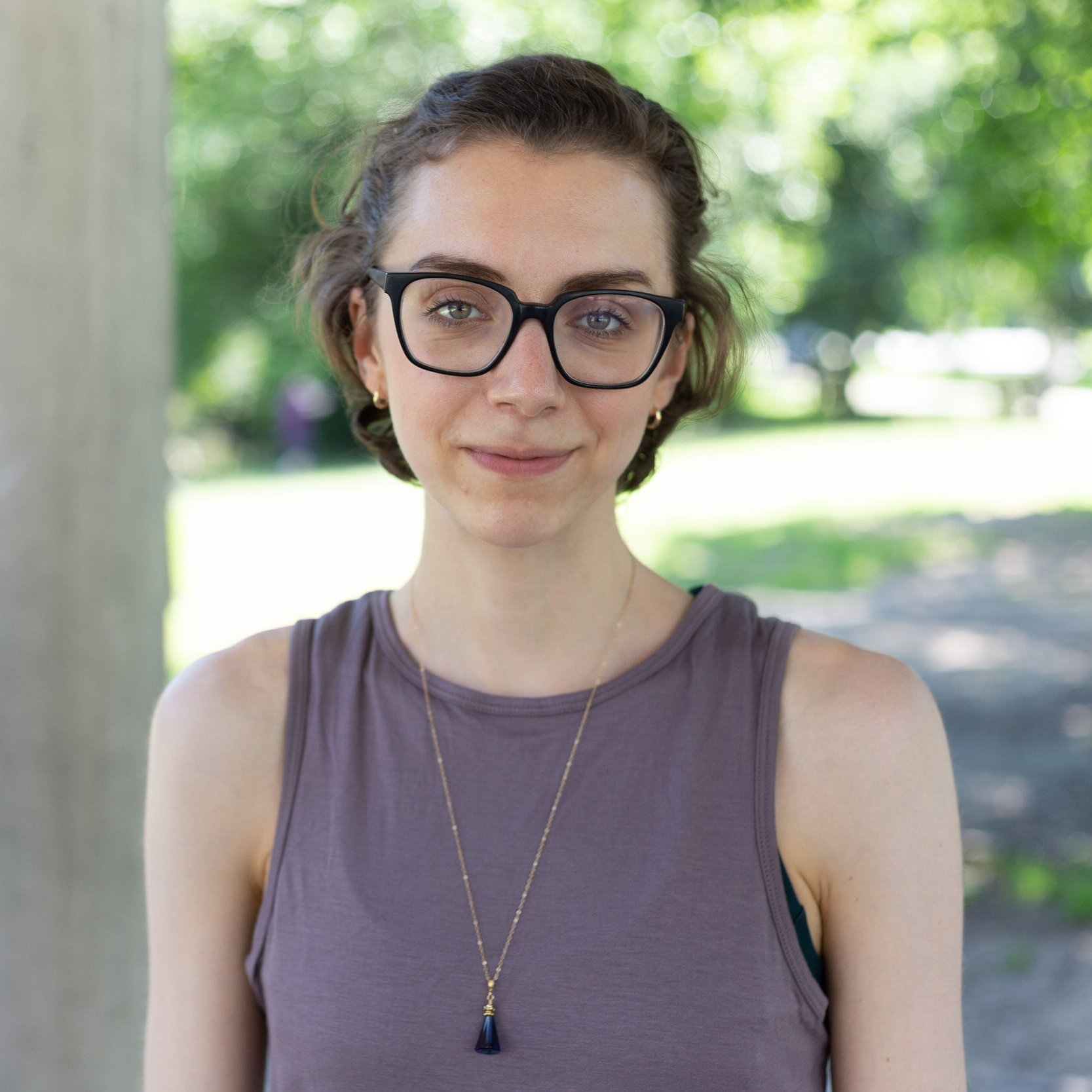by Nidhi Pandya, CAP
“I consume ashwagandha, thus I practice Ayurveda.”
“I follow Ayurveda. I have taken a dosha quiz online.”
“I like what Ayurveda has to offer, but I find it very restrictive and daunting.”
I have lost count of the number of times I have heard such statements. Given its vast scope and accessibility, it’s surprising how completely misunderstood and underutilized Ayurveda is here in the West. To put it into perspective, 36 million Americans practice or have tried yoga and 65 million have explored Traditional Chinese Medicine, while only 250,000 Americans have dabbled in Ayurveda. Given the potential that Ayurveda holds, this number boggles my mind.
Upon investigation and introspection, I found that Ayurveda is often presented in a very dogmatic and counterintuitive form. How did a health preserving and nurturing science that was meant to be intuitive, get so far removed from its original intent? This question led me to look back into my own childhood. My grandfather, being an Ayurvedic healer in Mumbai, introduced me to Ayurveda when I was still a baby. As a result, I was taught this natural healing science like one learns a first language, effortlessly through immersion. This approach eventually brought me to an epiphany: Ayurveda needs to be passed on as a science, not with a list of practices or prescriptions. Rather, it should be passed on as a complete set of principles that can be applied to all aspects of one’s life.
As a practitioner in the West, carrying my lineage from the East, I feel responsible for passing on this wisdom in a way that communicates its true potential so more people can benefit from its richness. Together, we can present Ayurveda in its true light and preserve its original teachings, albeit in the modern world. The first part of this article deals with the challenges of the current presentation of Ayurveda by putting us in the shoes of the modern Ayurvedic enthusiast. The second part offers some tried and tested ideas that practitioners can put into practice to empower their clients and give them a more intuitive understanding of Ayurveda.
Challenge #1: You need to know your dosha to practice Ayurveda
The Challenge
Most people stumble on Ayurveda because it respects bio-individuality. And while a dosha quiz makes people feel understood, it can quickly become a trap. The body is a very complex machine that is changing all the time. It is impossible for any quiz to cover all aspects of a human body and at the same time be able to consider its dynamism. People are often frustrated as different quizzes may yield different doshic results. Additionally, putting ourselves into a box can be confusing as we may experience different symptoms at any given time. This often leads to doubt and frustration and even shying away from Ayurveda altogether.
The Solution
While taking a dosha quiz can be entertaining and give someone an idea of his or her dosha, the results should not be considered a definitive analysis. However, the experience can empower people to tune into their own body to understand symptoms. Presenting them with a chart of 20 gunas, or pairs of opposite qualities (for example, wet and dry, hot and cold), and exploring their symptoms on the basis of their gunas, has often worked well with my clients. Additionally, dividing all symptoms into three categories—building or nourishing (K), transforming or heating (P), and drying or depleting (V)—can be very useful in getting a sense of one’s own body. As intuitive understanding is achieved, one can extend that understanding to everything in his or her universe. This is more empowering than surrendering to a quiz that one cannot fully comprehend.
Challenge #2: You have to eat Indian foods to practice Ayurveda
The Challenge
While Ayurveda has its roots in India, it is a truly universal science based on simple principles of the planet—of Mother Nature. When people feel they are limited to spicing their food with turmeric or eating khichdi every day, they find Ayurveda extremely restrictive and are less likely to practice it and pass it on. Additionally, certain Indian spices and foods can be very pungent for some. I often say that an Indian spice such as turmeric, when consumed with the wrong understanding, can become non-Ayurvedic, whereas a Western spice used with the right principles can become Ayurvedic.
The Solution
As practitioners, we have a duty to communicate the principles on which and how substances are used in Ayurveda. Substances are not used for their absolute benefits as measured in laboratories. They are used on the principle of Dravya (Substance), Guna (Properties) and Karma (Action). Each substance is understood for its potency, its properties, and thus its actions. It can then be determined if the herb or food should be used alone or in combination to create the desired outcome. Ayurveda provides the tools, or pramanas, so that new substances can be studied through this lens and their application can be understood in the modern world. The misuse of Ayurvedic substances has caused a backlash and thus slowed down the growth of Ayurveda globally.
Challenge #3: Ayurveda is not backed by science
The Challenge
In the world of rationalization and research, people are likely to label Ayurveda as unscientific. We ascribe so much power to only those things that can be comprehended through the five senses that we tend to discard explanations that require us to look beyond our usual way of perceiving as gibberish.
The Solution
One needs to be reminded of the innate power and instinct we all possess. Some of the most complex processes of life are intuitive. For example, when a baby is born, he or she instantly knows how to suckle. Even the process of intercourse, which leads to the creation of an entire organism, is almost free of intellect and cannot be replicated in a laboratory with cells even if one tries. I also often point at the accuracy of the scriptures to prove their merit. A verse in the Sharira Sthana, states that a woman is most likely to conceive on Dwadash Nisha, the twelfth night after her period. How did the sages know this information long before the West even understood ovulation? It is important to convey that this knowledge was procured through inner wisdom that was a result of deep meditation and total detachment from the sensory world.
Challenge #4: Ayurveda is popularized as a treatment modality
The Challenge
People often come to Ayurveda in their quest for an alternative healing method when the mainstream medical system has yielded no results. They are prescribed herbs and a diet they may follow blindly and see some results without knowing how these treatments work. While this approach to Ayurveda may help them in the short term, it does not offer the potential to transform their way of living. Ayurveda clearly states that eliminating the cause of the disease is more important than merely treating it.
The Solution
Seldom do people have an awareness or understanding that Ayurveda is an all-encompassing science and a source of profound wisdom that lends perspective to every aspect of life and our lived experience. It is not only a treatment modality, but also a body of knowledge that really teaches us how to live well, nurture and sustain well-being, and prevent disease. For example, the second chapter of Ashtanga Hridayam talks about sadvrutta, or good conduct. Similarly, the Uttar Sthan goes into details of caring for a newborn. There are no questions regarding human life that Ayurveda cannot answer. By offering clients simple Ayurvedic principles to follow, we can empower them to change their everyday life for the better. Some principles I offer in my practice are listed at the end of this article.
Challenge #5: Ayurveda is ancient
The Challenge
If Ayurveda dates back 5,000 years, why should it be relevant today? A lot of people dismiss Ayurveda as an outdated system, one that may have held merit in the past but is obsolete today.
The Solution
Just as physics is the science of matter and chemistry is the science of chemicals, Ayurveda is the science of life. The laws of physics don’t change, but their applications do. Similarly, since Ayurveda is based on the study of the human body and its connection with the universe, the principles of Ayurveda will remain relevant for as long as the Earth orbits the sun. I have found that instead of backing up the merits of Ayurveda using modern-day research, which can be easily refuted, it has been more rewarding to explain the Ayurvedic perspective by going back to how it originated, with a deep understanding of the macro-cosmos and micro-cosmos.
Challenge #6: Ayurvedic terms lose their meanings when translated
The Challenge
I have found this issue to be a real challenge. Sanskrit is a rich language, and the nomenclature encodes what a substance means. Very often, the message and depth are lost in translation.
The Solution
I find it very useful to use analogies and metaphors to convey the right meaning. For example, the word for oil is sneha, which also means “love.” Translating the name of the substance used for abhyanga as “oil” misses that point. Therefore, it is important for us as practitioners to familiarize ourselves with the basics of Sanskrit terminology so we can convey its deeper meaning to our clients. I have found that people connect more deeply with their practices when they understand their true essence.
Simple Principles & Tools
I would now like to offer some simple principles and tools that as practitioners we can use to educate our clients, teaching them how to bring sustainable Ayurveda into their lives or the lives of their clients.
Following the Circadian Rhythm
I have found this to be the easiest way to communicate the ideal design for the day. We are diurnal mammals, and just as all mammals function according to their relationship with the sun, so should we. Our body is designed to rise with the sun and go to sleep when it sets on most days, except during really cold winters. Additionally, as the sun is just coming up in the morning and the earth remains wet from dew, our agni and biological systems are mirroring these phenomena. We can honor this synchronicity by kick-starting our system with some vyayam or exercise and a warm breakfast. As the sun peaks in the sky, our agni and ability to concentrate and focus also reach their zenith, making the afternoon pitta kala the best time for a big meal and intellectually stimulating work. All phases of the day can be explained by encouraging the client to look at the clock of the universe.
Human Beings Are Warm Blooded
Human beings are warm-blooded creatures with a normal body temperature of 98.7℉, and our body likes to stay in that zone. At the same time, our body is constantly processing and transforming what we take in, whether it be food or information. Just as all transformation in the universe requires warmth, so does our human body, by way of endothermic and exothermic reactions. This analogy makes a great case for avoiding cold foods and keeping warm all that we consume.
The Gunas Chart
Encouraging clients to pin up a chart with the 20 gunas to refer to consistently will be greatly beneficial. I encourage my clients to go back to the chart every time they are experiencing a symptom and to try to see where it falls on the chart. I also encourage them to bring their attention to the opposite guna to understand what they need to do or what they may need to avoid.
The above are simple and non-overwhelming ways to bring Ayurveda into one’s life. If we can make this science more accessible to people in a comprehensible manner, I am certain that it can be established as a health system that takes people away from the fear of disease and gives them the freedom that comes from being well.






















